Commissioning operation | anaerobic biological treatment engineering commissioning operation points
2019-2-26
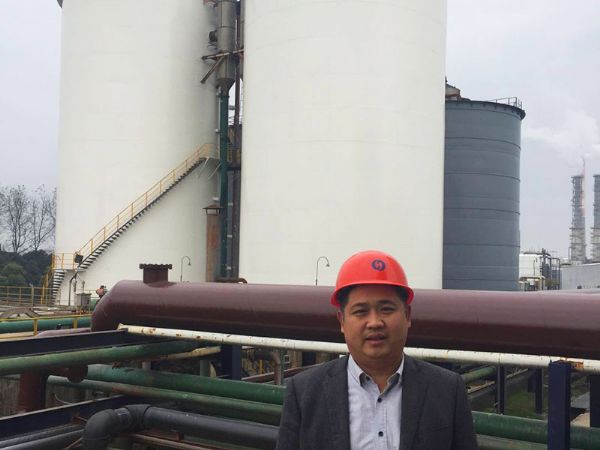
Commissioning operation | anaerobic biological treatment engineering commissioning operation points
As we all know, anaerobic process is a very economical technology. In terms of wastewater treatment cost, anaerobic process is generally much cheaper than aerobic process, especially for high concentration (COD>3000mg/L) wastewater. The reason is the large savings in power, the cost of nutrient addition and the reduction of sludge dewatering costs. Even without the benefits of biogas as an energy source, the anaerobic process can save more than half of the cost of a good process, if the biogas produced can If it is used, the cost will be greatly reduced, and even a certain profit will be generated.
Overview of anaerobic reactions:
The use of metabolic activities in the life process of microorganisms to decompose organic matter into simple inorganic substances, thereby removing the process of organic matter contamination in water, which is called biological treatment of wastewater. According to the oxygen demand of the metabolic process, the microorganism is divided into aerobic, anaerobic and facultative microorganisms in between. Anaerobic biological treatment utilizes the metabolic process of anaerobic microorganisms to convert organic matter into inorganic matter and a small amount of cellular matter without supplying oxygen. These inorganic substances include a large amount of biogas (ie, biogas) and water. 厭氧是一種低成本廢水處理技術,把廢水治理和能源相結合,特別適合發展中國家使用。
Advantages and disadvantages of anaerobic treatment technology:
Anaerobic advantages:
1. It can be used as a technology for environmental protection, energy recovery and ecological benign cycle combination system, and has good social, economic and environmental benefits.
2. Low energy consumption and low operating cost. The wastewater cost for medium and above (1500mg/L) concentration is only 1/3 of the aerobic process.
3. Recycling energy, theoretically 1kgCOD can produce pure methane 0.35m3, burning value (3.93×10-1J/m3), higher than natural gas (3.93×10-1J/m3). Taking the 10tCOD plant in the daily market as an example, 80% of COD is removed and methane is calculated as 80% of theoretical value. The daily biogas is 2240m, which is equivalent to 2500m natural gas or 3.85t coal, and can generate 5400Kwh.
4. High equipment load and small footprint.
5. The remaining sludge is small, which is only equivalent to 1/6 to 1/10 of the aerobic process.
6. Low demand for nutrients such as N and P. The aerobic process requires C:N:P=100:5:1, and the anaerobic process is C:N:P=(350-500):5:1.
7. It can directly treat high-concentration organic wastewater without dilution.
8. Anaerobic bacteria can retain biological activity and sedimentation for one year under the conditions of water supply and nutrition, suitable for intermittent and seasonal operation.
9. The system is flexible, the equipment is simple, easy to make and manage, and the scale can be large or small.
Insufficient anaerobic:
1. The effluent concentration is higher than aerobic, and generally cannot meet the standard;
2. Sensitive to toxic substances;
3. The initial start-up is slow, and it takes 8-12 weeks to get above the normal level.
Reaction mechanism:
The anaerobic reaction process is a complex ecosystem of biodegradation of complex substances (referred to as high molecular weight organic matter in the form of suspended solids and colloids). The reaction process can be divided into four phases:
1. Hydrolysis stage - is broken down into small molecules by bacterial extracellular enzymes. For example, cellulose is hydrolyzed by cellulase to cellobiose and glucose. Starch is decomposed into maltose and glucose by amylase. Protein is hydrolyzed by proteases into short peptides and amino acids. The hydrolysates of these small molecules can be dissolved in water. And through the cells for the use of cells.
2. Fermentation stage - Small molecule compounds are converted into simpler compounds in the cells of the fermentation bacterium (ie, acidified bacteria) and secreted outside the cell. The main products at this stage are volatile fatty acid (VFA) alcohols, lactic acid, CO2, hydrogen, ammonia, hydrogen sulfide, and the like.
3. Acid production stage - the product of the previous stage is further converted into acetic acid, hydrogen, carbonic acid and new cellular substances.
4. Methanogenesis stage - at this stage acetic acid, hydrogen, carbonic acid, formic acid and methanol are converted to methane, carbon dioxide and new cellular material.
The principle is as follows:
a. Hydrolysis stage - contains proteolysis, carbohydrate hydrolysis and lipid hydrolysis.
b. Fermentation acidification stage - including anaerobic oxidation of amino acids and sugars, and anaerobic oxidation of fatty acids and alcohols.
c. Acetate stage - containing acetic acid and oxygen from the intermediate product, and hydrogen and carbon dioxide to form acetic acid.
d. The methanogenic stage - including the formation of methane from acetic acid and the formation of methane from oxygen and carbon dioxide. When there is sulfate in the wastewater, there is also a sulfate reduction process, as indicated by the dotted line. Types of anaerobic reactors: general anaerobic reaction tank, anaerobic contact process, upflow anaerobic sludge bank (UASB) reactor, anaerobic granular sludge expansion reservoir (EGSR), anaerobic filter (AF), anaerobic Oxygen fluidization reactor, anaerobic baffled reactor (ABR), anaerobic biological turntable, anaerobic mixed reactor, and the like.
Process control conditions for anaerobic reactions:
Temperature: According to three different thermophilic anaerobic bacteria (mesophilic 5-20 °C, mesophilic 20-42 °C, mesophilic 42-75 °C), it is divided into low temperature anaerobic (15-20 °C) and medium temperature anaerobic (30). -35 ° C), high temperature anaerobic (50-55 ° C) three. Temperature is especially important for anaerobic reactions. When the temperature is below the lower limit temperature, the efficiency drops by 11% for every 1 °C drop. In the above range, the slight fluctuation of the temperature at 1-3 °C has no obvious effect on the anaerobic reaction, but if the temperature changes too much (quickly changes), the sludge activity is lowered, and the acid accumulation is caused.
PH: Anaerobic hydrolysis acidification process, the range of PH requirements is relatively loose, that is, the pH of the acid-producing bacteria should be controlled within the range of 4-7 °C; the complete anaerobic reaction should strictly control the pH, that is, the methane reaction control range is 6.5-8.0, The range is 6.8-7.2, the pH is lower than 6.3 or higher than 7.8, and the methanation rate is lowered.
Oxidation-reduction potential: The oxidation-reduction potential in the hydrolysis stage is -100 to +100 mv, and the oxidation-reduction potential in the methanogenic stage is -150 to -400 mv. Therefore, the amount of oxygen brought into the inlet water should be controlled and cannot be adversely affected by the anaerobic reactor.
Nutrients: The ratio of nutrients in the anaerobic reaction tank is C:N:P=(350-500): 5:1.
Toxic and Harmful: There are three kinds of harmful substances that inhibit and affect anaerobic reactions:
1. Inorganic substances: ammonia, inorganic sulfides, salts, heavy metals, etc., especially sulfate and sulfide inhibition are the most serious;
2. Organic compounds: non-polar organic compounds, including volatile fatty acids (VFA), non-polar phenolic compounds, tannins, fragrant amino acids, caramel compounds and other five categories.
3. Biologically-shaped compounds containing chlorinated hydrocarbons, formaldehyde, qing compounds, detergents, antibiotics, and the like.
Process technical parameters:
Anaerobic reactor startup:
When there is no ready-made sludge, the digested sludge from the sludge tank of the sewage treatment plant is used more. The thick digested sludge is beneficial to the formation of granular sludge. When there is no digested sludge and granular sludge, septic tank sludge, fresh cow dung, pig manure and other livestock manure can be used as strains, and can also be used to inoculate sludge with spoiled sludge and fish pond sediment. The startup cycle is longer.
The sludge inoculation concentration is at least 10Kg·VSS/m3 reactor volume, but the inoculated sludge filling amount is not more than 60% of the reactor volume. Sludge inoculation should prevent inorganic sludge, sand and other non-digestible materials from entering the anaerobic reactor.
Inoculation of sludge start: The start is divided into the following three stages:
Initial stage - the reaction tank load starts from 0.5-1.0 kg COD/m3d or sludge load 0.05-0.1 kg COD/kg VSS·d. The concentration of the mixture entering the anaerobic digestion and degrading wastewater is not more than 5000 mg/L of COD, and the influent water is controlled as required, and the COD load is 1000 mg/L. The influent concentration does not meet the requirements for dilution.
Do not deliberately control all process parameters when entering the liquid, but pay special attention to the acetic acid concentration, which should be kept below 1000mg/L. The liquid is in the form of intermittent impact, that is, every 3 to 4 hours, 5-10 minutes each time, and then gradually reduce the interval to 1 hour, and the time of each injection is gradually increased by 20 to 30 minutes. In the initial stage, when the water inlet interval is too long, the pump should be stirred once every 1 hour for 3 to 5 minutes.
Start the second stage - when the reactor volumetric load rises to 2-5kgCOD/m3d, the amount of sludge in this stage increases and the granular sludge begins to form. Generally speaking, it takes 40 days from one to two stages, and the volume load is about 50% of the design load.
The third phase of the start-up – from 50% of the volumetric load to the top, is achieved by gradually increasing the amount of feed and shortening the feed break time. The test indicators for measuring the amount of feed and shortening the feed time are controlled to control the fatty acid VFA to be no more than 500 mg/L. When the VFA exceeds 500-1000 mg/L, the anaerobic reactor is acidified, and more than 1000 mg/L indicates Already acidified, immediate measures need to be taken to stop the feed and to carry out domestication of the strain. Generally speaking, the second to third paragraphs also take 30-40d.
Starting point
1. Start-up must be carried out step by step, leaving plenty of time, and can not expect to enter the feeding operation to achieve the goal of anaerobic degradation in a short time. Because the activation is actually the process of restoring bacteria from dormancy, ie activation. The process of bacteria selection, acclimation and proliferation in the start-up process is ongoing. The growth rate of the lower concentration of methanogens in the original anaerobic sludge is much slower than that of the acid-producing bacteria. Therefore, at this time, the load is generally not high, the time cannot be short, and the feeding time is small, and the interval time is long.
2. The concentration of the mixed liquid must be controlled at a low level. The general COD concentration is 1000-5000 mg/L. When it exceeds 5000 mg/L, the water circulation should be carried out and diluted with water to the required level.
3. If the sulfite concentration in the mixture is greater than 200 mg/L, it should be diluted to 100 mg/L or less before liquid is introduced.
4. Load increase operation mode: The initial volume load can start from 0.2-0.5kgCOD/m3·d, and when the biodegradability reaches 80% or more, it will gradually increase. If the load is fed and the anaerobic process is still not normal, the COD can not be digested. The feed interruption time should be extended by 24h or 2-3d. The main index of digestive degradation should be measured to measure the VFA concentration. The VFA should be kept below 3mmoL/L during the start-up phase.
5. When the volumetric load reaches 2.0kgCOD/m3d, each feed load can be increased, but not more than 20%, only when the feed increases, while the VFA concentration remains unchanged, or remains at <3mmoL/ At the L level, the feed amount can be continuously increased to reduce the inlet interval.
Problems and solutions in anaerobic biological treatment.



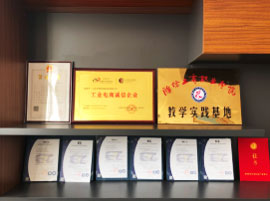

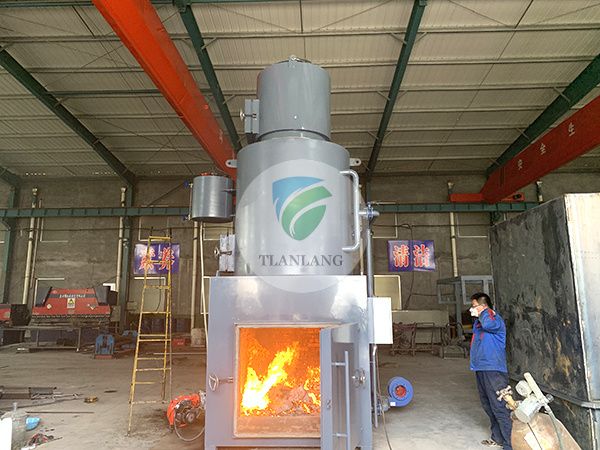
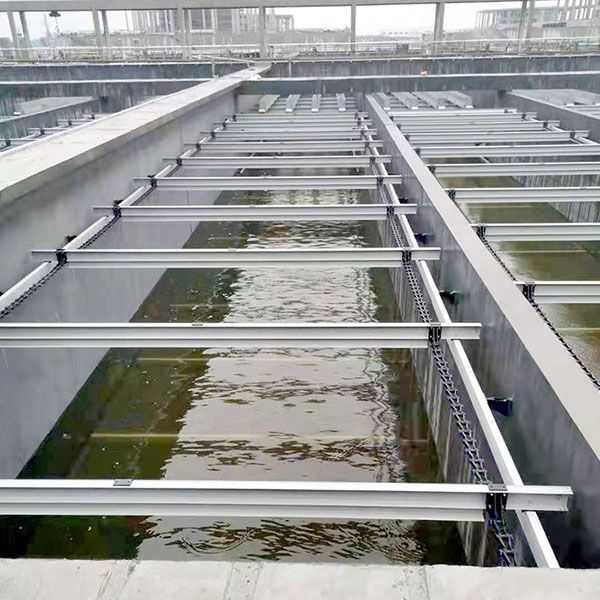
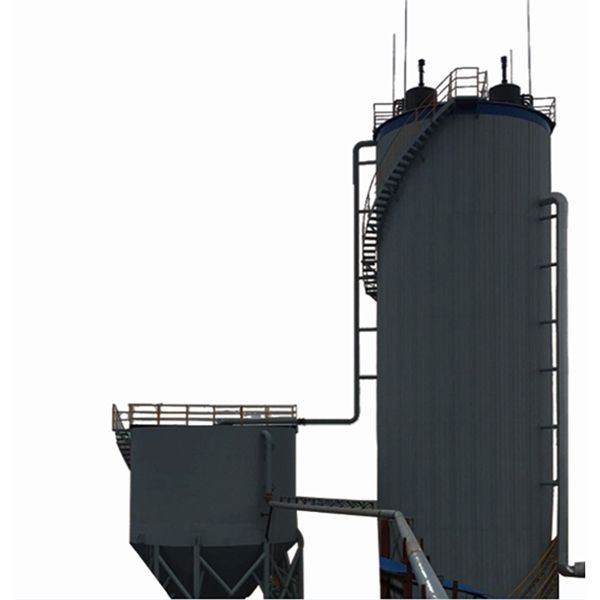
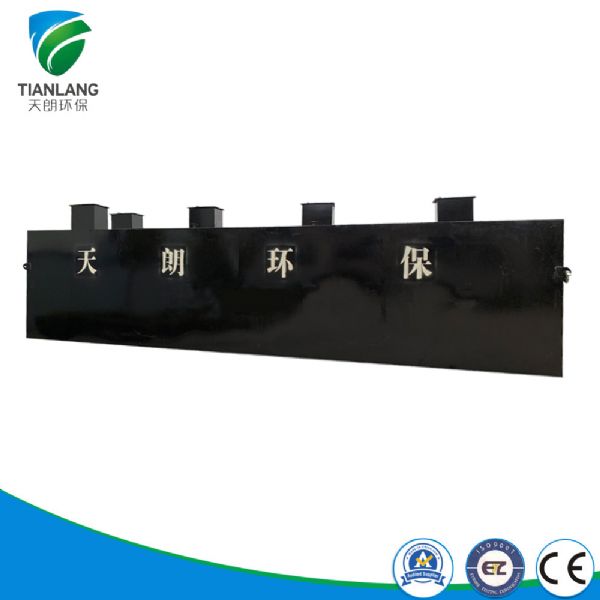
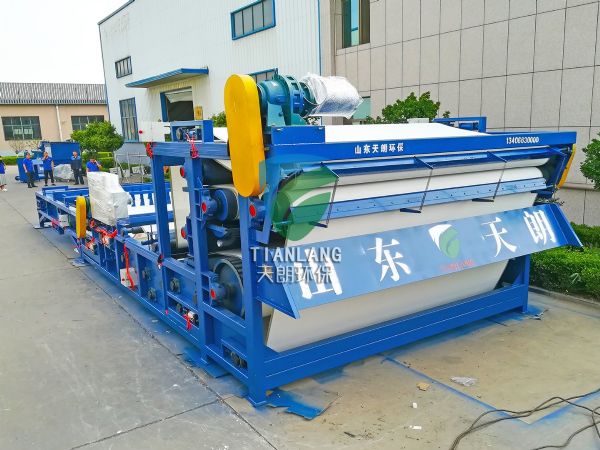
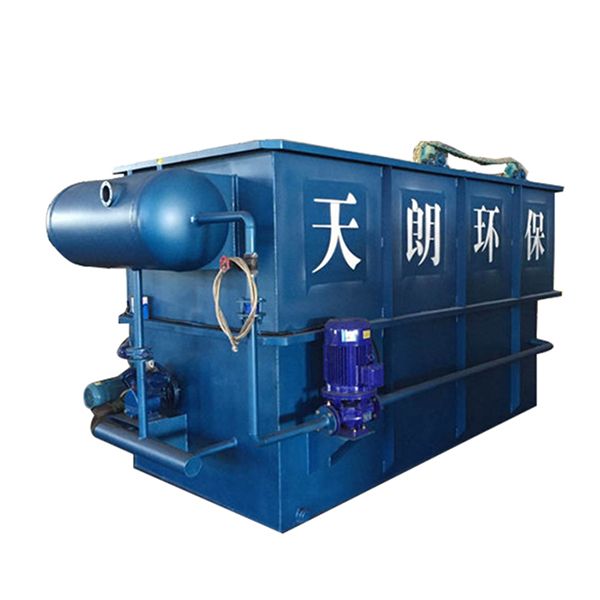
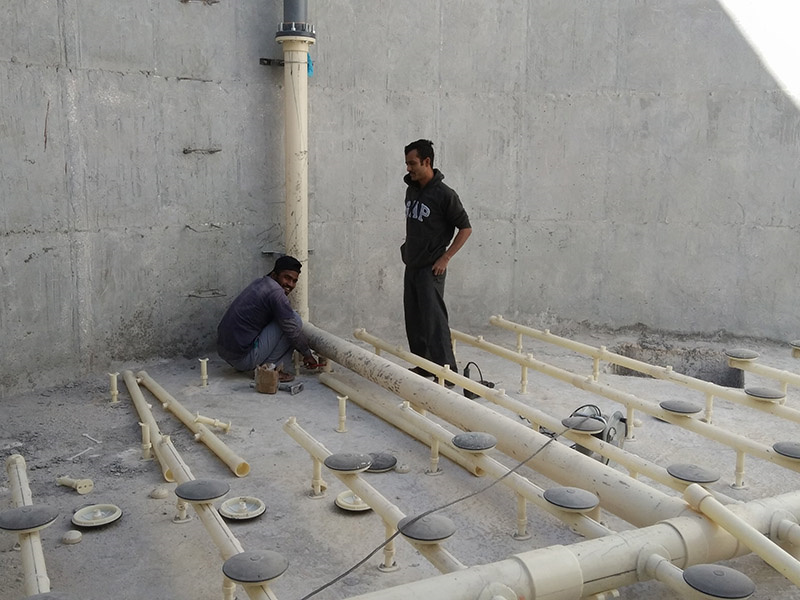
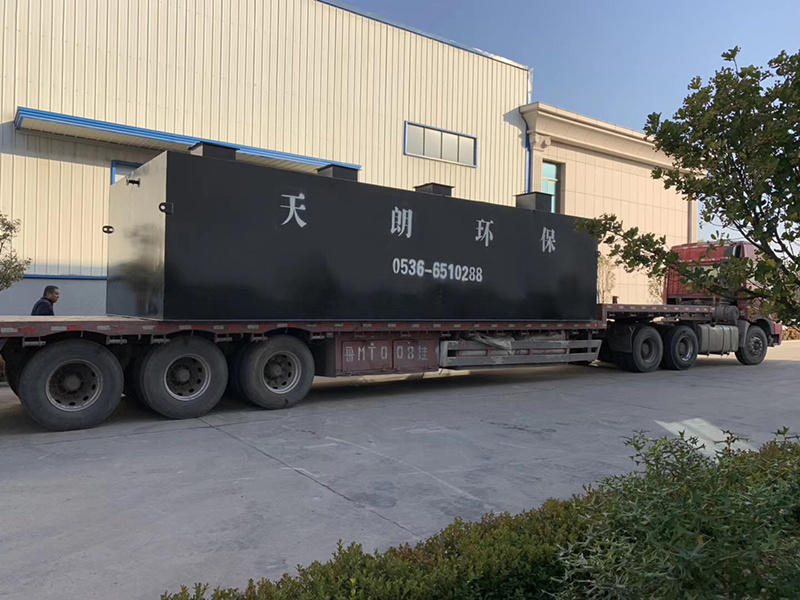

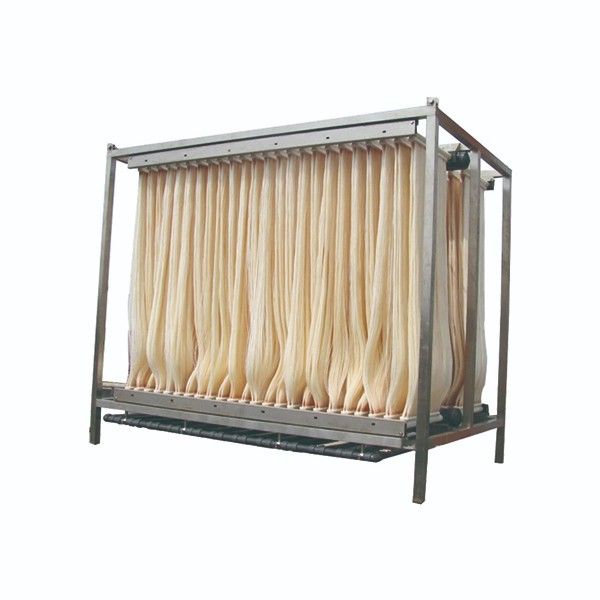
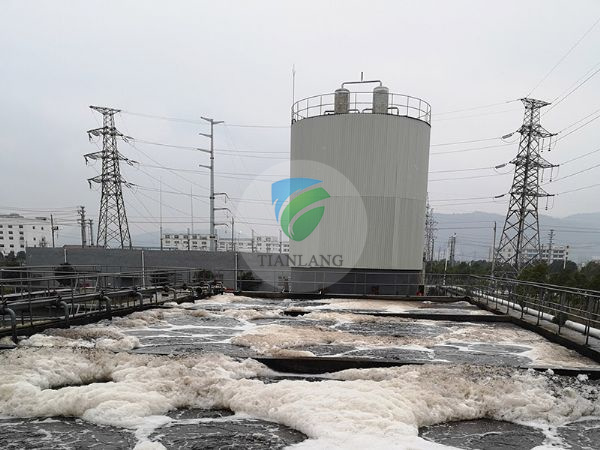
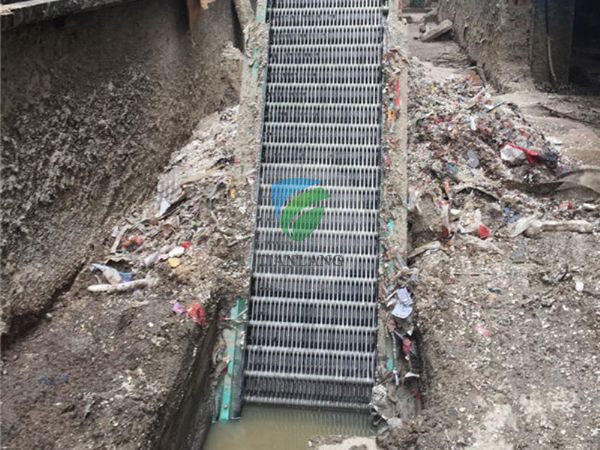





 Tel
Tel Home
Home Products
Products